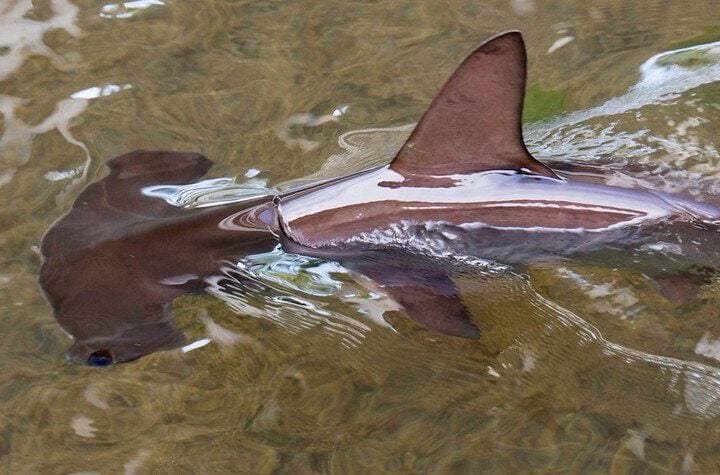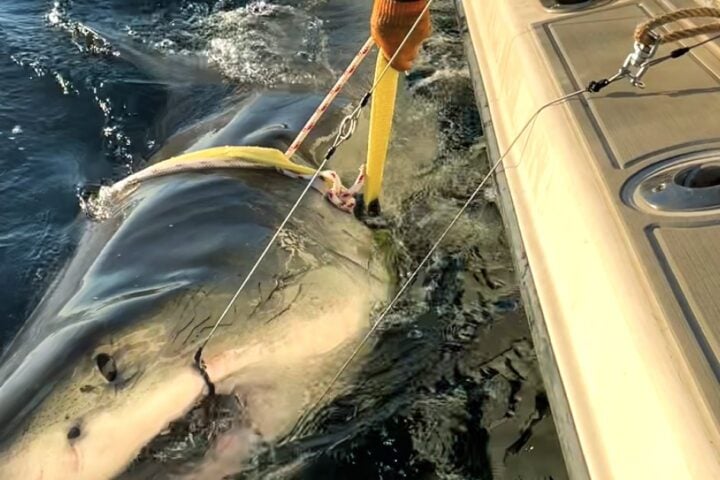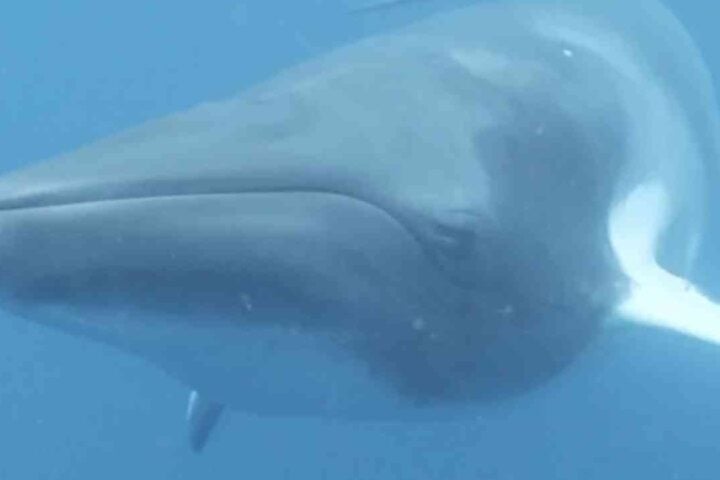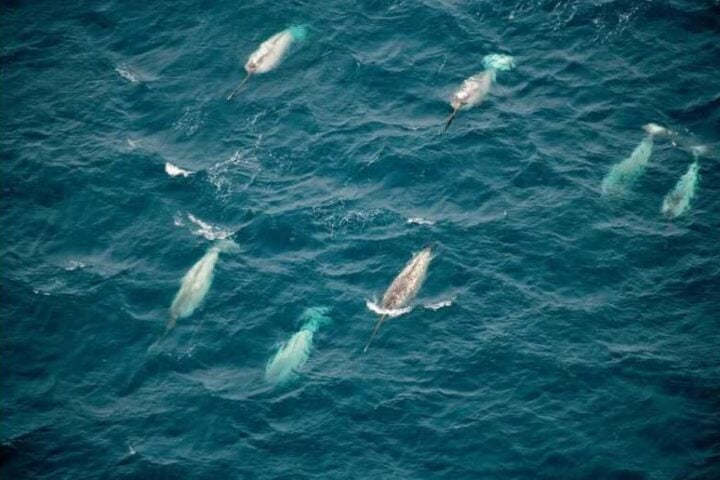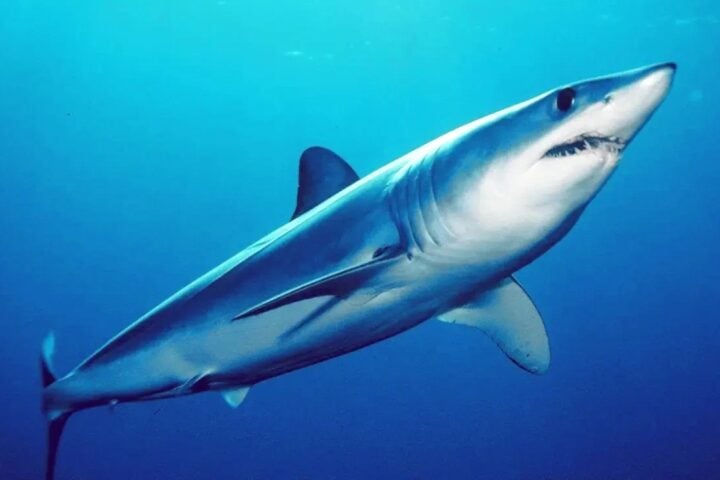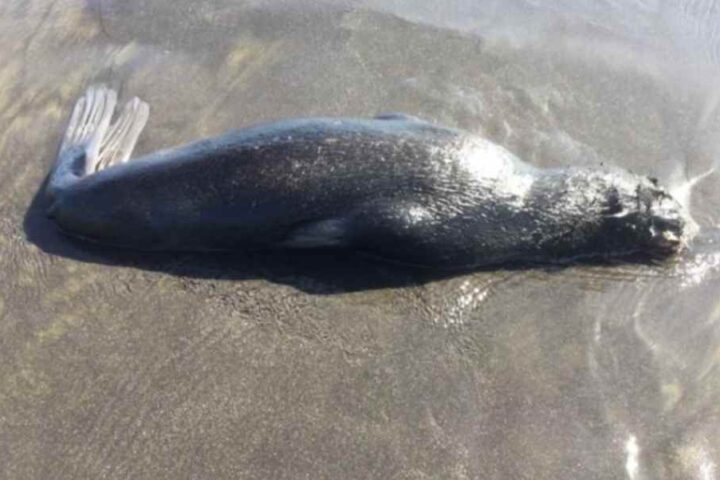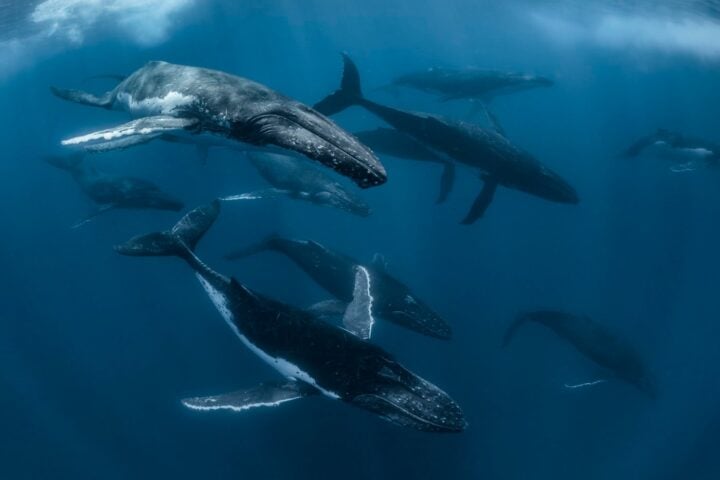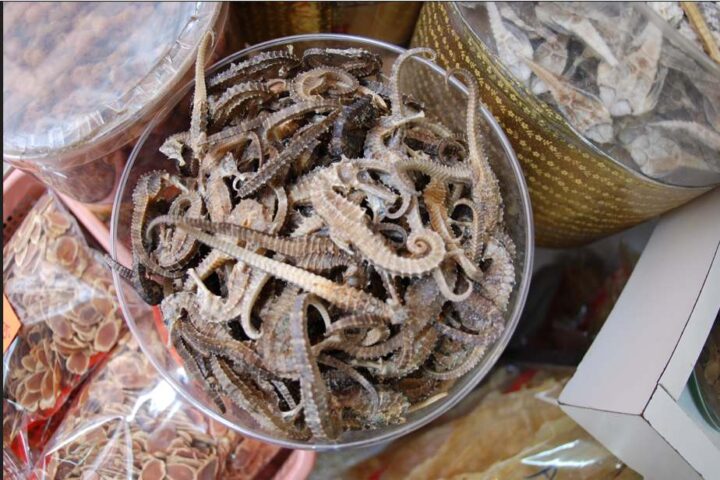The Royal Netherlands Institute of Sea Research (NIOZ) revealed on August 24, 2023, that artificial reefs, crafted from discarded pear trees, are flourishing with marine life after over a year submerged in the Wadden Sea. A Ph.D. candidate at NIOZ, Jon Dickson, noted, “After 4 months, we already saw lots of fish and other animals around the pear tree reef.” Introduced in 2022, the artificial reefs have become notably more abundant after 16 months, even as woodworms begin to break them down. Dickson anticipates that these reefs will endure for several more years to decades despite the woodworm activity.
Historically, rivers carried trees to the sea, where they sank after 6-12 months, providing underwater structure, a phenomenon now scarce due to human intervention with dams and dikes. The aim of the artificial “tree reefs” is to initiate the restoration of the once-vast mussel and oyster reefs in the Wadden and North Seas, which have dwindled due to fishing, dredging, and disease. A NIOZ researcher, Tjeerd Bouma, conceived the pragmatic idea of using pear tree as alternative reefs during a bicycle tour through Dutch orchards, observing the abundance of trees discarded at the end of their economic life.
Approximately 400 hectares of fruit trees are uprooted annually in the Netherlands, offering a substantial and economical source of wood for the project. In 2022, 192 trees, configured into 32 individual reefs, were placed into the Wadden Sea, anchored with concrete blocks. The team, including Dickson, utilized cameras, fyke-style fishing nets, and periodic reef lifting to monitor the abundant life attracted to these artificial reefs. Remarkably, the reefs host five times the number of fish and triple the species compared to nearby sand flats.
Initial observations at four months showed a proliferation of tunicates on the wood, which have since been significantly consumed by presumed larger predatory fish. When the reefs were briefly lifted after 16 months, large numbers of Pholis gunnellus and thousands of cuttlefish eggs were discovered, indicating the reefs as prominent breeding grounds. The reefs have also become settlement sites for sessile animals, such as tunicates, barnacles, anemones, and seaweeds. Over time, the “pear reefs” will naturally degrade, already showing signs of woodworm impact.
Dickson hopes that, eventually, the trees will be so densely populated with reef-building organisms like shellfish that a natural reef may remain after the trees degrade. The rapid and relative biodiversity observed in fish communities on the reefs over a short period has been encouraging and indicative of the potential to mitigate ongoing biodiversity loss through active restoration efforts. With the abundant availability of pear tree, there is potential to scale these experiments to larger areas in the North Sea and possibly to the ocean floor, where natural structures have also been lost.
Similar Posts
The artificial reefs not only serve as a habitat but also as a protective structure for various marine species, enhancing the ecological dynamics of the underwater environment. The initiative also addresses the issue of utilizing agricultural waste (obsolete pear tree) in an ecologically beneficial manner, turning potential waste into a valuable resource for marine ecosystems. Contributing to the longevity and sustainability of marine habitats, the reefs, while initially artificial, pave the way for the establishment of natural reefs.
A collaborative effort towards ecological restoration is exemplified by the project, supported by the Waddenfonds and Provinces Groningen, Friesland, and Noord-Holland. The reefs have become vital for various species, serving as breeding grounds and providing shelter, especially for species like cuttlefish, which lay thousands of eggs there. Avenues for further research into the longevity of such artificial reefs and their long-term impact on local and migratory marine species are also opened by the project.
The initiative is a testament to innovative ecological interventions that utilize available resources to enhance and restore biodiversity in marine systems. The project also sheds light on the potential of using similar biodegradable materials in creating artificial reefs in different marine environments. While providing immediate benefits, the artificial reefs also pose questions regarding their long-term viability and the balance between providing new habitats and potential challenges with species adaptation. The project underscores the importance of continuous monitoring to understand the evolving dynamics of artificial reefs and their interaction with various marine species.
Future endeavors may explore variations in reef structures, materials, and locations to further understand optimal conditions for promoting marine biodiversity. While localized, the initiative offers a model that could potentially be adapted and implemented in various global contexts, contributing to worldwide marine conservation efforts.
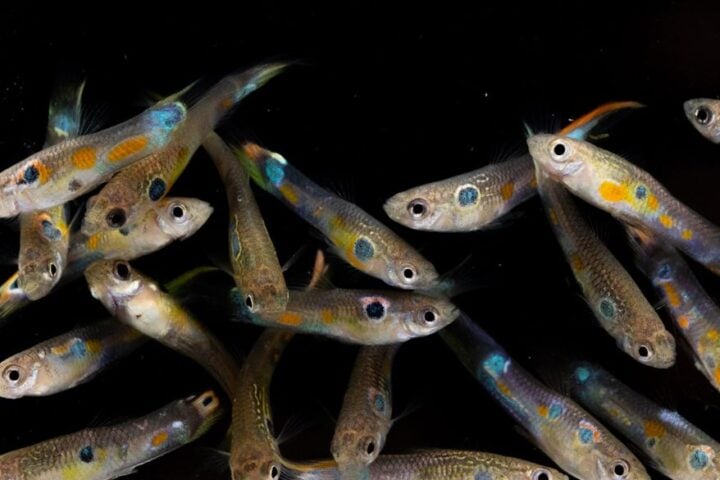



![A male [[Great white shark]] off [[Isla Guadalupe]], [[Mexico]]. Along with many [[Mackerel scad|Mackarel scads]] seen in the background. Photo Source- Terry Goss (CC BY-SA 3.0)](https://www.karmactive.com/wp-content/uploads/2025/06/White_shark-720x480.jpg)
